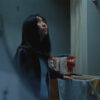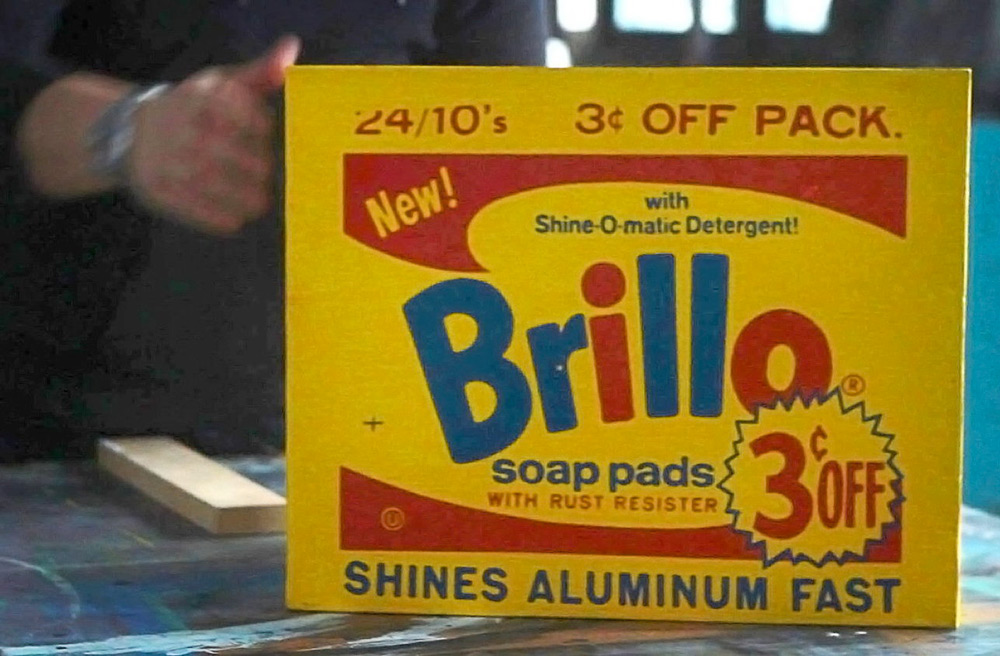Lisanne Skyler’s “Brillo Box (3¢ off)“ begins well before the famous Andy Warhol work would come to grace the living room of her family’s apartment during the late 1960s and early 1970s and tracks it well after it would become an international hot potato, traded between art collectors this century who paid millions for the privilege of housing it when Skyler’s father Marvin had paid a more modest $1000 in 1969 for the same right. But in having a way into the story through the period of time the Warhol creation spent at her home, Skyler is able to add a new dimension to what Warhol always envisioned as a conversation starter in her fast, thoughtful and often funny history of one of his most enduring pieces by beautifully articulating the usually abstract objectification of art, pitting its commercial value against its emotional value as time wears on.
Initially purchased with both in mind by Marvin Skyler, a lawyer who was drawn into amateur art collecting shortly before the pop art explosion, the Brillo Box is shown by the film to be a particularly unique test case. The Skylers’ box was just one of the 17 out of 93 that Warhol created that was yellow as opposed to white, which at the time made it less desirable, but enhanced its rarity over the years, as did the fact that Marvin was wise enough to seek out authentication from the artist, which Warhol provided through a red crayon signature that few of his works ever received. However, while Marvin saw the Brillo Box as an investment from the start, eventually to be traded up to something of greater value given his relatively limited resources, the rest of the family had invested in it in their own ways, with little Lisanne known to crawl on top of it as a toddler and her mother Rita coming to regard it as an intrinsic part of the home. Once the box leaves the Skylers’ residence, a move that is part of a cycle that eventually sees paintings by Frank Stella and Roy Lichtenstein grace the walls of the humble abode at various times, the filmmaker follows the very active life of the box, appreciated for very different reasons over time as it makes its way around the world.
Yet the considerable amount of ground Skyler covers isn’t limited to physical terrain, zipping around to cover all the implications of both the Brillo Box as a piece of art reappropriated from imagery that could be found in every supermarket in addition to its changing hands, with dozens of interview subjects whose perspective doesn’t only add historical context but their mere presence alludes to the film’s key theme that no one sees the value of the Warhol’s creation in exactly the same way. With a fun, disarming attitude that surely Warhol himself would admire, “Brillo Box (3¢ off)” has an accessibility that few discussions of fine art ever do, easing into discussions about Warhol’s egalitarian beliefs about art and what can be classified as such that feel weighty without ever feeling academic. While the Skylers’ are no longer in possession of the Brillo Box, or for that matter many of the pieces that circulated throughout their home that came after, the entire family can take comfort in the fact that they traded up once again as their history has led to the creation of another enduring work of art.
“Brillo Box (3¢ off)” airs on HBO on August 7th at 10 pm.




